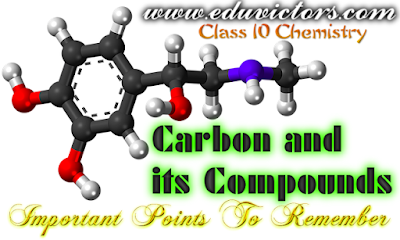Control and Co-ordination
(Important Questions to Revise)
ONE MARK QUESTIONS
1. Which endocrine gland is unpaired?
2. Which part of the brain controlled posture and balance of the body?
3. Where in a neuron, conversions of electrical signal to a chemical signal occur?
4. Which gland secretes digestive enzyme as well as hormones?
5. We suddenly withdraw our hand when a pin pricks. Name the type of response involved in this action.
6. Name the hormone which helps in regulating sugar level in our blood? Name the gland which secretes this hormone?
7. State the main function of abscises acid


















